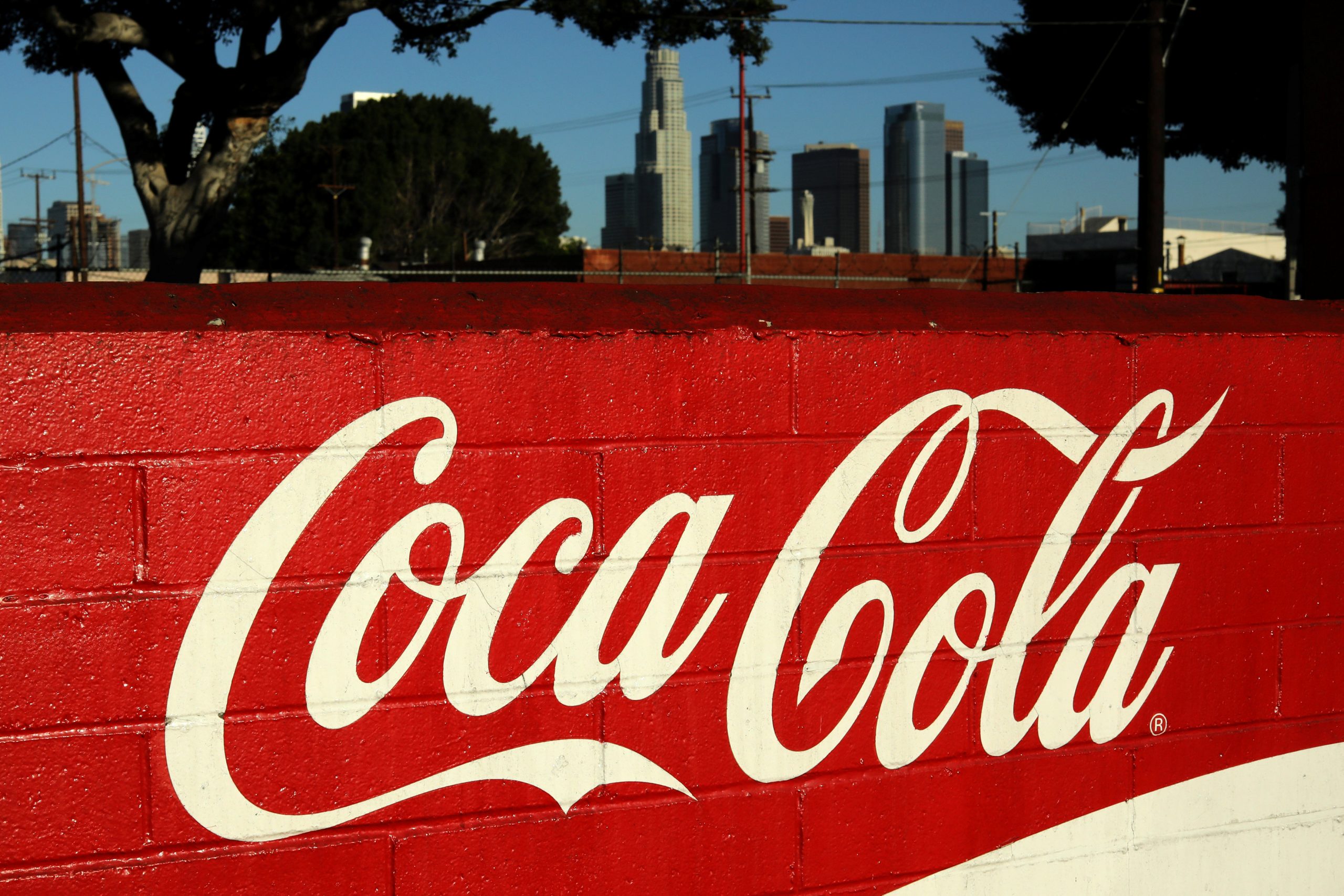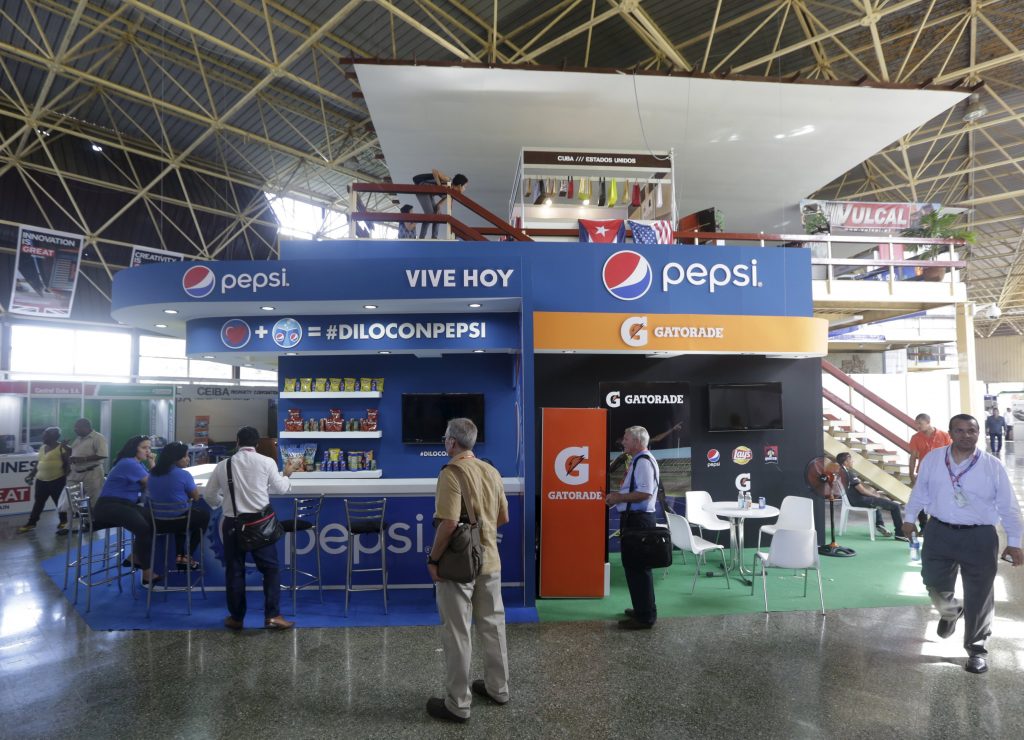
This month, the startling news broke that after more than a century of fierce battles—including advertising skirmishes, frenzied marketing and taste tests on Earth and in space—the Coke Wars are officially over. Coca-Cola has always been a winner, but its longtime rival, Pepsi, is no longer a close second. Instead, a new contender has risen to second place: Dr. Pepper.
Coca-Cola Tria Epsilon: profits rise to 43.9 million euros
The coup was published by Beverage Digest, an Atlanta-based trade publication, which in late May published an updated ranking of the top 10 American soft drink brands in 2023 by sales volume. According to the publication, Coca-Cola Classic topped with a market share of 19.2% in terms of volume, followed by Dr. Pepper, which surpassed Pepsi, recording 8.34% versus 8.31%. Pepsi has been in decline since 1995, when its market share reached 15%, the highest in its history.
At Dr Pepper everyone was happy. Executives praised its spicy flavor innovations and its appeal to the coveted segment of Generation Z, which prefers more unusual flavors in soft drinks. Pepsi wasn’t too pleased — or at least the company refused to issue a public statement. Days later, the marketing director responsible for the rebrand resigned last year after 17 years at the company, although an internal source told the Daily Mail that the timing of his resignation was entirely coincidental. (This, by the way, was not the first time Pepsi had dropped to third place in Beverage Digest’s rankings: from 2010 to 2013, it was replaced by Diet Coke, which now ranks fifth.)
Meanwhile, Dr. Pepper was enjoying a social media triumph: Thanks to a TikTok video that went viral, people started putting pickles in their Dr. Pepper.
It was as big a deal as the Pepsi Challenge of the 1980s — when Americans, in blind taste tests, overwhelmingly preferred the taste of Pepsi to Coca-Cola (according to Pepsi TV ads), inspiring Coke to strike back with New Coke, an innovation that lasted just a few months. Just.
PepsiCo stock fell after the Beverage Digest report broke, but began to recover to $166.48 per share. Meanwhile, Keurig Dr Pepper, Dr. Pepper’s parent company, held steady at $34.49. So who loses?
Perhaps the excitement was just because there was a new fighter in the Cola Wars. “Coke has always been up against Pepsi,” said Bernd Schmidt, a professor at Columbia Business School and faculty director of the Center for Global Brand Leadership. “It’s almost a battle within America to some extent.” Schmidt and fellow Center for Global Brand Leadership Matthew Quint co-starred in a 2018 Vanity Fair video looking back at the past 50 years of cola battles.
They tried to think of other trade wars that would have had the same effect. The closest they could find were “I’m a Mac, I’m a PC” ads from the early 2000s, but even those were Apple versus a range of Microsoft Windows computers, and no two companies were alike.
The beginning of the Coca-Cola-Pepsi war
The Cola Wars date back to the late 19th century, with Coca-Cola invented in 1886. Pepsi, originally known as Brad’s Drink, followed seven years later. Coca-Cola was the “real” classic Coke. Pepsi was “for young thinkers.” Dr. Pepper, a small Texas company founded in 1885, was little known. In the 1960s, the FDA officially licensed it as “pepper soda,” not cola, and therefore non-competitive. (Dr. Pepper’s CEO at the time used this decision to convince Coca-Cola to allow the smaller company to lease space for a bottling plant and join its national distribution network.)
In 1971, Coca-Cola released its memorable “Hilltop” television commercial, which featured a phalanx of healthy young people from around the world gathered on a hilltop in Italy singing about their desire to buy Coca-Cola to the world. He chose images of the anti-war movement serving corporations and soft drinks. It was a huge success.
Over the next 50 years, the Coke Wars were sparked by a series of brilliant television ads, many of which ran during the Super Bowl (and some of which became legendary even though they were never broadcast on television): athletes and young children sharing a Coke . Smiling, Michael Jackson and a group of young dancers drink Pepsi, a Grand Theft Auto character handing out bottles of Coca-Cola to pedestrians, and a young girl threatening a waiter who gave her a Coke instead of a Pepsi in the voice of Don Vito Corleone from The Godfather. Coca-Cola took over Christmas. Pepsi has partnered with pop stars.
That era ended in 2017 with an infamous ad that showed model Kendall Jenner leaving a photo shoot to join a protest for an unspecified reason, for peace and harmony, and handing a police officer a can of Pepsi. It was a misguided attempt to emulate the spirit of “Hilltop” and capitalize on the Black Lives Matter protests in America (ignoring police brutality, another important element of the BLM movement), and it failed miserably. Pepsi pulled it after just one day. “Do you want to associate the activity with the brand?” Schmidt asked in the Vanity Fair video.
But the blame doesn’t lie with Kendall Jenner. By 2017, young people were abandoning television – and, as a result, turning to streaming services. They’re also starting to give up soda.
Increase in revenue but decrease in sales volume
Beverage Digest isn’t just ranking soft drink brands in 2023. He also ranked every soft drink category on the market. At the top, with 35.4% of market share, was bottled water. This is followed by soft drinks at 33.9%, followed by juices, tea, sports drinks, energy drinks and coffee with a much greater distance.
According to data from Mintel, a global market research company, consumption will decline across all segments of the soft drinks market between 2022 and 2023. In a survey of 2,000 Internet users, the number of those who said they drank regular Coke decreased in the last quarter. From 47% to 43%.
Meanwhile, soft drink prices have risen thanks to inflation caused, according to Beverage Digest, by increased operating and input costs. While market dollar sales increased by 10%, sales volume actually decreased by 1.7%. Mintel predicts that by 2026, concerns about health and the environment will have a greater impact on the soft drinks market.
With information from The Guardian

“Total alcohol fanatic. Coffee junkie. Amateur twitter evangelist. Wannabe zombie enthusiast.”






More Stories
Is this what the PS5 Pro will look like? (Image)
Finally, Windows 11 24H2 update significantly boosts AMD Ryzen – Windows 11 performance
Heart Surgeon Reveals The 4 Things He ‘Totally Avoids’ In His Life